Surgical difficulty index scoring system; Delphi Study and Prospective Validation
Delphi II: Development of a risk prediction tool to estimate peri- and post- operative outcomes, including surgical difficulty, of major urological surgeries.
Background
Accurate risk prediction should allow identification of high-risk patients and improve decision-making including allocation of critical resources, stratifying individual surgeries for their appropriateness to be performed as teaching cases, surgical planning, patient counselling, patient follow-up, and finally academic reporting.
The ultimate goal of risk prediction is to make each surgeon aware of difficult perioperative conditions and may hence prevent negligence and subsequent complications, but also help patients and their families to appreciate the implications of complex interventions.
Clinical judgement based on pre- and intra-operative factors is important but not enough to predict adverse outcomes after surgery.
As a consequence, several perioperative risk prediction tools such as a risk stratification calculator have been developed to identify high-risk patients. They all use multiple patient specific variables and mathematical models calibrated against large data sets to provide quantitative assessment of risk; however, most of these tools are not routinely used yet as no tool fulfils all the characteristics of an ideal scoring system.
Until now, all risk estimation tools have only taken preoperative factors into account. However, not only preoperatively [known or expected] but importantly also intraoperatively [unknown or unexpected] variables and circumstances have an impact on surgical difficulty and consequently surgical performance and patient well-being. Therefore, those intraoperative parameters are of also of utmost importance to predict intra-, peri- and post-operative outcomes.
Furthermore, an organ-specific assessment consisting of preoperative (e.g. size of prostate and extent of tumour) and intraoperative (e.g. fibrosed periprostatic tissue) detected variables which impact surgical difficulty is of utmost importance. However, not only measurable organ-specific parameters, but more importantly also circumstances which are likely to make surgery more difficult (e.g. neoadjuvant chemotherapy before cystectomy) need also to be considered. Finally, the entirety of those factors needs to be summarised to both a ‘targeted-organ specific subscore’ addressing preoperative factors only and pre- and intra-operative factors, which will then also be incorporated into the overall risk estimation scoring tool.
Aim/Method
The aim of this current work is to construct a peri- and intra- operative risk prediction index and score to quantify / estimate surgical difficulty, and to develop targeted-organ specific scoring systems based on pre- and intra- operative factors.
The following three aims should be achieved:
1. First, predicting intra-, peri- and post- operative outcomes by considering pre- and intra- operative factors.
2. Second, predicting intra-, peri- and post- operative outcomes by considering preoperative factors only, in order to optimise the allocation of critical care resources or defining teaching-appropriate cases before surgery starts.
3. Third, to determine surgical difficulty as a separate matter to judge surgical performance by improving comparison of intra- and post- operative outcomes between surgeons and between different interventions.
In particular, four different categories of parameters need to be incorporated in the risk estimation tool (see appendix):
1. Preoperative [known, expected] patient-specific parameters (e.g. body mass index, ASA score).
2. Intraoperative [unknown or unexpected] body / patient-specific parameters (e.g. bleeding tendency, limited operative space owing to a narrow bony pelvis or extensive adhesions).
3. Preoperative targeted-organ-specific parameters (e.g. size and location of the tumour).
4. Intraoperative targeted organ-specific parameters (e.g. fibrosed periprostatic tissue).
Importantly, as peri- and post- operative complications are not only the result of surgical but also anesthesiologic risk factors, both the input of surgeons and anaesthetists are required to develop the index by defining and weighing specific parameters.
Our current study consists of the following steps:
1. To create the index and a calculator which should be easily accessible and allow for computation of the scores in a timely matter.
2. Then to prospectively test the applicability of the risk prediction calculator in a large cohort of patients in different populations undergoing urological surgery. The risk prediction calculator should be used routinely, and be applicable to different patient populations, provided we can accurately predict postoperative outcomes.
3. Furthermore, to assess the reproducibility, acceptability and user-friendliness of the risk prediction calculator and of the organ-specific scoring systems in the broad urological community through an international survey.
4. Beyond that, to construct organ-specific scoring systems of other surgical subspecialties, especially general surgery (to assess for cholecystectomy, hemicolectomy or gastrectomy) and subsequently performance of the steps 1-3 mentioned above.

